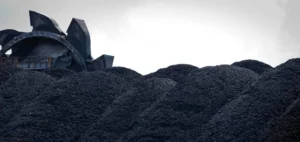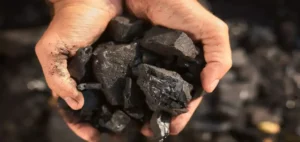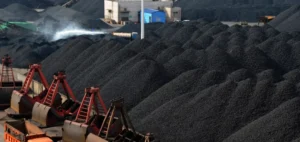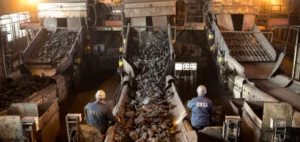India, the driving force behind the world’s coal industry, is seeking to reduce its dependence on imports by increasing domestic production.
The government has set a bold target: to achieve self-sufficiency in thermal coal by 2025-26.
This effort is part of a wider strategy of energy independence, aimed at boosting security of supply while stimulating national economic growth.
The quality of Indian coal, with its high ash content of up to 45%, poses a major challenge.
By comparison, imported coal, with a much lower ash content of between 6% and 20%, remains more efficient for industrial needs.
This qualitative difference complicates the transition to exclusively domestic production, despite efforts to modernize production infrastructures.
Technical and industrial challenges
Indian power plants, designed for optimum use of low-ash fuels, run into technical difficulties when using local coal.
Maintenance costs rise, as do pollutant emissions, a critical issue as India strives to meet its commitments to reduce CO2 emissions. Despite government initiatives to improve the quality of domestic coal, the majority of manufacturers continue to source it from abroad.
This pragmatic choice reflects the need to maintain stable energy production, particularly in a context of rapid economic growth.
Exports and market balance
At the same time, India has expressed its intention to export part of its production to neighboring countries, targeting a potential volume of 15 million tonnes.
While ambitious, this export strategy raises questions about the country’s ability to meet both domestic demand and external markets.
The balance between these two objectives remains delicate, especially in a context where the quality of domestic coal continues to pose challenges.
Achieving self-sufficiency is thus hampered not only by coal quality, but also by the need to meet the country’s growing energy needs.
Investments in coal processing technologies and infrastructure improvements are essential to overcome these limitations, but these efforts require time and significant resources.






















